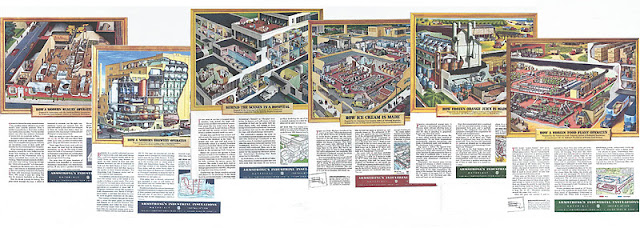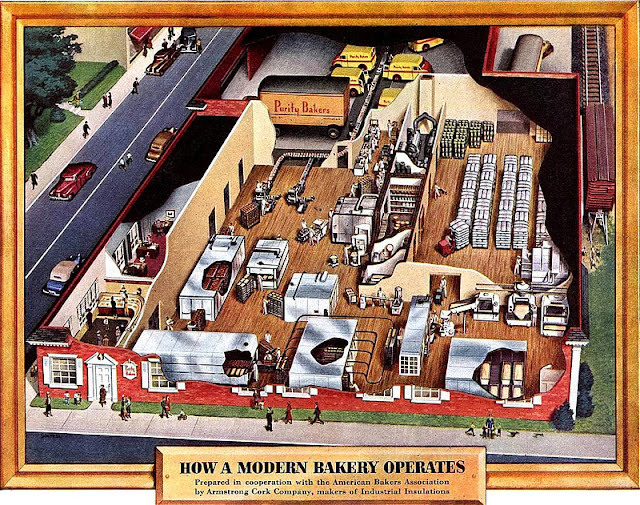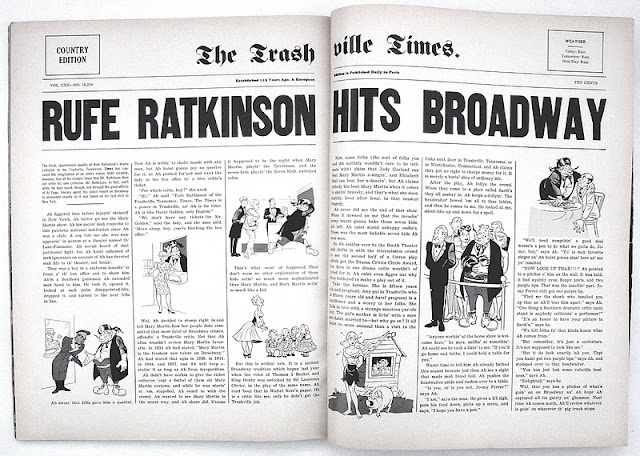Mo Lebowitz is well known as the owner (or Prop.) of the Antique Press, a private printing set-up in the basement of his North Bellmore, Long Island home. Started in 1960 so he could have some fun setting type and printing whatever took his fancy, a wonderful change of pace from the daytime Art Director job.
Over the years he has printed, on a Chandler and Price platen press, hundreds of invitations, posters, pamphlets, and other ephemera that were collected by his friends and acquaintances in the graphic design community. In 2004 Lebowitz presented the contents of his letterpress shop to the School of Visual Communication Design at Kent State University. The Sanders Printing Corporation devoted their tenth issue of Folio promotion book (above) to the Antique Press with the contents written and designed by The Design Organization. I have few of these Folio books which I’ll post later this year.





























































































